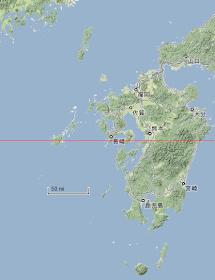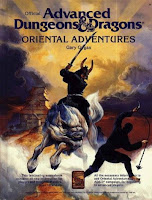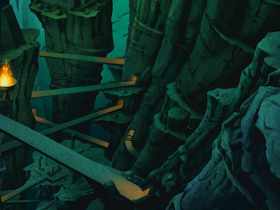
I believe I first played Space Invaders at Glen’s Pizza in Flanagan, Illinois. Flanagan was the closest town to the farm I grew up on, and Glen’s was the only pizza place there. They did a nice little thin crust pizza.
I loved the art on the machine almost as much as playing the game: these weird energy creatures hurling missiles Zeus-style down at your sorry ass.
 Later, when my family got an Atari 2600 (back then it was the Atari Video Console System) my sister and I played a lot of Space Invaders on it. Sure, we played other games. Lots of other games. But nowadays when you can download damn near every Atari game they made, I find myself playing Space Invaders over and over again.
Later, when my family got an Atari 2600 (back then it was the Atari Video Console System) my sister and I played a lot of Space Invaders on it. Sure, we played other games. Lots of other games. But nowadays when you can download damn near every Atari game they made, I find myself playing Space Invaders over and over again.
For all its graphical crudeness, Space Invaders was an elegant game design. It had a sense of psychology to it. These days, video games tend to be graphical masterpieces but sometimes they fall down in terms of plot, pacing, or storyline. Space Invaders managed to deliver on all of these items, admittedly in a minimalist way.
First, the premise was a classic: stop the inexplicable Other from attempting to take over your world. Nothing fit better in the Reagan 80’s remix of 50’s cold war paranoia.
Maybe I watched too many old black-and-white B-grade sci-fi flicks as a youth, but the premise clicked for me right away. Zap the bug-eyed monsters from outer space. Right now! Who knows what they will do to us if they land?
The gameplay was simplicity itself: joystick moved you side-to-side. Press the button to fire the gun straight up. You faced two main complicating factors. For starters you could only have one bullet on the screen at time. This fact meant that a clean miss cost you precious seconds that you didn’t have. You were trying to stop an alien invasion, for chrissake! When is that gun going to reload?
The other complication was the three barriers that hovered just above your little battle platform. Ostensibly these things were there to shield you from alien fire. And I did duck behind them plenty of times. Unfortunately they all too often shielded the aliens from a shot I was trying to line up. Heck, sometimes I found it necessary to blast a hole through my own defenses.Above all other considerations, the thing that made the game truly one of the best of all time was the nature of the Invaders themselves. They came in a confusing variety of weird designs, yet they attacked in well-ordered, tightly disciplined formations.
What were these creeps? Why were they working together? The extra creepy part was the fact that the invaders had eyes, they had faces. For the love of God, Montresor, they had faces. Those weren’t gigantic alien saucers coming at you, they were space monsters. These handfuls of freakishly arranged pixels filled me with uncertainty and dread. The only thing I knew for sure was that they had to die.
So I blasted ‘em and blasted ‘em. And then they would go into uberweird mode. As the number of invaders dwindled on the screen, the speed of the survivors increased. Soon the last few would be flying like madasses, trying to blast me, the lone defender of the Earth, to smithereens. Those last seconds of the round were tense, because hitting the last Invader was hard. One miss and I’d be kicking myself as your laser blast crept up the screen. Meanwhile, the last baddie kept getting closer and closer.
And if even one of those bastards planted their tentacles or whatever on good old Mother Earth, that’s it. Game over. You lose. You let the earth be conquered by the Nazi Mutant Hell-creatures or whatever. Smooth move, ex-lax.
But what if you got that last guy? Somewhere the bug-eyed overleader yawns at the report that one of his 200 bazillion legions being destroyed by primitive apemen. “Send in another legion. Maybe one with training or some field experience.”
So another space army would appear on your screen. They warp in from hyperspace a little bit closer to Earth than the last one. They’d be just a hair faster than the previous squad. And they would slowly creep toward you, using the exact same tactics as the guys you just blew up. It was almost as if by stopping the first batch of monsters I had made things worse, not better.
It was as if the makers of Space Invaders had managed to tap into a sort of bleak, nihilistic heroism. You look into the sky and see an enemy that you can’t comprehend, much less defeat. They are numerous beyond counting. You have no chance against them. They will conquer the Earth. Despite knowing these facts, you choose to fight. Better to die free than live a slave! Aieeeee!
What a great game.
 Dig these screenshots from Space Invaders '95 disproving my theory that any game can be improved with a little toilet humor!
Dig these screenshots from Space Invaders '95 disproving my theory that any game can be improved with a little toilet humor!












































